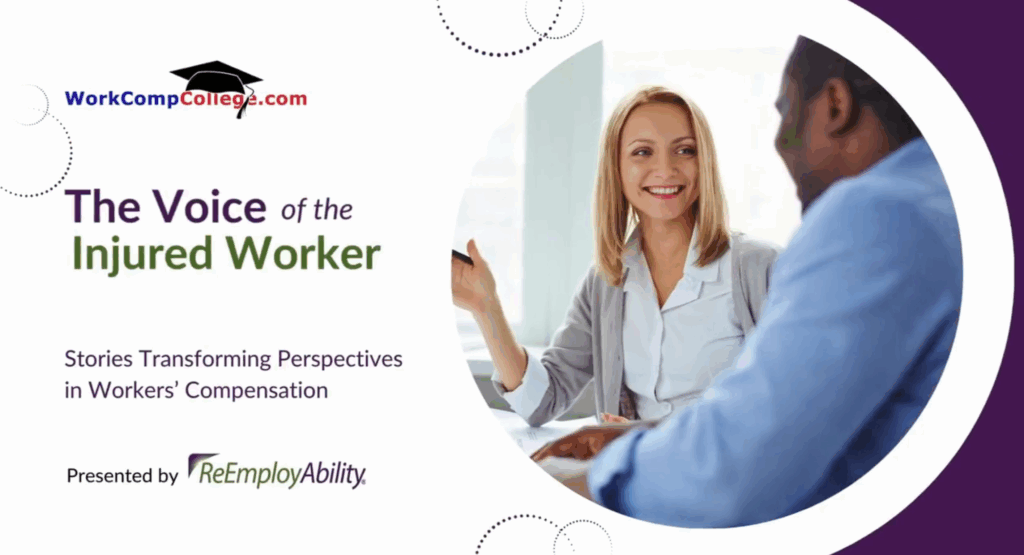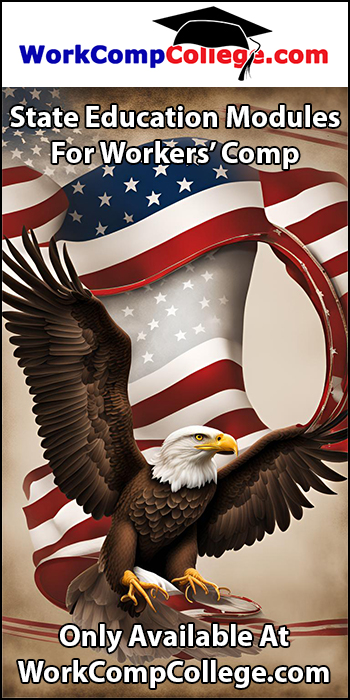
Within the workers’ compensation space, we often talk about the value of meaningful work, but few things illustrate it better than hearing directly from the injured workers themselves.
At Helping Hands Ocala, a nonprofit devoted to uplifting at-risk women and children through shelter, counseling, and workforce development, purpose and compassion are at the heart of everything. Since 2008, their mission has been to build better hearts, better families, and better finances. And through strategic partnerships, that mission now extends to injured workers, too.
“I’m part of something bigger”
When injured workers like Neil and Cornelius begin their light-duty temporary assignments, arranged through return-to-work programs, they’re often not sure what to expect. These opportunities help people ease back into work safely and meaningfully while they heal. Instead of jumping straight into their old jobs, which might not be possible yet, participants take on transitional roles that match their current abilities. It’s a chance to recover, rebuild confidence, and get back into a steady routine with a renewed sense of purpose.
When Neil first arrived at his assignment, he didn’t know what to think.
“I’ve worked my whole life — overseas, in oil fields, driving trucks. So, when they told me I’d be working in a thrift store, I thought, ‘Are they crazy?’ It felt beneath me. But once I saw how much this place helps the community, I realized — I’m part of that. I’m giving back.”
Cornelius shared a similar sentiment, though his clarity came later:
“At first, I didn’t understand the program. But once it was explained, it made sense. The people here are great. I’m used to staying busy, so when they ask me to help, I’m ready. It’s a good feeling to know you’re making a difference.”
That’s the power of meaningful placement, work that supports recovery while reconnecting people to purpose.
Support and Connection at Every Step
Helping Hands staff, like Anna, see that transformation every day. “These guys are great,” she said. “They’re dependable, amazing with customers, and they really become like family. We celebrate their birthdays just like anyone else’s. I always tell them, ‘Don’t you dare leave!”
Participants take on light-duty roles such as sorting donations, assembling merchandise, or assisting customers — always within their physical capabilities. “We make sure they don’t lift anything heavy,” Anna added. “We don’t want anyone getting hurt.”
Beyond the daily tasks, something deeper happens here. Connection, contribution, and confidence return. Many participants stay in touch long after their assignments end, a reflection of the trust and belonging that Helping Hands fosters.
For employers and carriers, these stories remind us why thoughtful return-to-work programs matter. Recovery isn’t just physical, it’s emotional and social, too. And for nonprofits like Helping Hands, welcoming these workers amplifies their mission, bringing fresh energy and skills to their cause.
Together, partnerships like this prove that returning to work can mean much more than resuming a job. It’s about rediscovering purposes, restoring dignity, and building community.
Lessons Learned & Best Practices for the Industry
Stories like these provide a clear lens into what works and how we can continue improving the injured worker experience across the system.
- Human connection drives recovery: Treat injured workers as valued team members. Celebrating milestones and including them in daily operations restores identity and belonging.
- Clear communication at the start makes all the difference: Cornelius’ initial confusion underscores a common challenge — lack of understanding about the RTW process. Early, transparent communication about program purpose and expectations sets the stage for engagement and success.
- Protect physical and emotional boundaries: Hosts like Helping Hands demonstrate what responsible partnerships in the return-to-work process look like, providing opportunities that respect both recovery and readiness. They ensure every task stays within medical restrictions while also considering each person’s emotional well-being. In this process, safety and dignity must always go hand in hand.
- Measure impact beyond the claim: Employers and carriers can measure success through engagement, satisfaction, and self-reported confidence — not just how long a claim lasts. Those insights can help shape a more compassionate, outcomes-based RTW model.
Returning to Work, Returning to Self
For employers and carriers, these stories highlight why thoughtful return-to-work programs matter. Recovery isn’t just physical, it’s emotional and social, too. For nonprofits like Helping Hands, welcoming injured workers amplifies their mission, bringing fresh energy and skills to their cause.
Together, partnerships like this prove that returning to work can mean much more than resuming a job. It’s about rediscovering purposes, restoring dignity, and building community.
“It’s a good feeling to know you’re making a difference.” —
Cornelius, ReEmployAbility Return-To-Work Participant



